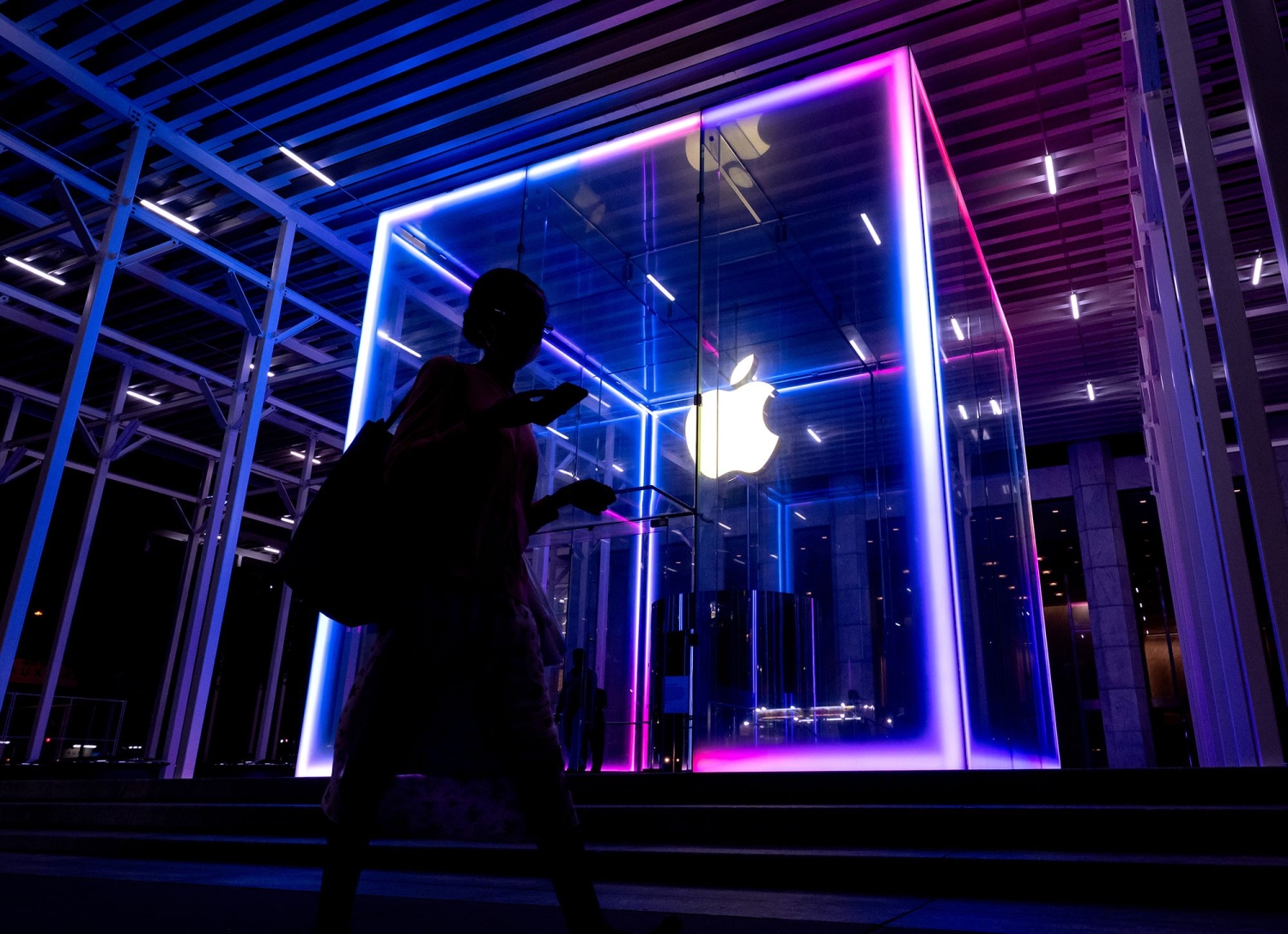
This article is more than
3 year old
Apple’s recent software development delay underscores the need to get ambitious 2024 updates right. Also: Initial thoughts on Apple’s latest MacBook Pros and iMac, and what an M3 Ultra chip could look like.
Last week in Power On: Apple’s sales strategy for the Vision Pro shows that it won’t be a growth engine anytime soon.
The Starters

Late last month, Apple Inc. head of software engineering Craig Federighi made a rare call. He decided to freeze development work on the company’s next major software updates because the quality of initial versions missed the mark. The break allowed Apple to debug the software and improve performance.
The next generation of Apple’s software — iOS 18 and other operating systems due next year — is even more critical than usual. The company is racing to catch up with Google and OpenAI in generative AI, and iOS 18 is poised to bring such technology to the iPhone.
The iOS update also needs to be extra-impressive because the iPhone 16’s hardware won’t have any major advances next year. So Apple is banking on the software to sell people on the new models.
In light of that, Apple is treading carefully, which helps explain the recent delay. By pausing work on iOS 18 — along with iPadOS 18, macOS 15, watchOS 11 and other next-generation operating systems — engineers could spend a week focused exclusively on rooting out glitches.
The last time Apple made such a move was in 2019, when the company overhauled its procedures. At the time, bugs and feature delays got so bad that new iPhones still had glitches on launch day. The year before that, Federighi was forced to postpone several features from iOS 12 to iOS 13 due to quality issues.
This time around, Apple hit pause right after reaching a key milestone in iOS 18 and macOS 15 development. Last month, the company completed the first internal versions of the updates, including the biggest new features. When Apple gets to that stage, known as M1, it usually embarks on work for the next milestone, M2. In this case, the debugging break delayed the start of M2 development by a week.
There are typically four milestones before Apple’s Worldwide Developers Conference in June, when the company announces the new software and releases beta versions. Each milestone typically lasts six weeks, with four focused on adding features and two dedicated to bug fixing. This latest cycle essentially gained an extra week of dealing with bugs, leading to the delay.

As of right now, the one-week stoppage probably won’t noticeably postpone the ultimate release of the software. At worst, it will give Apple a little less time at the end of the development cycle to eliminate any last-minute glitches.
The good news is the move shows Apple is taking quality as seriously as ever. In 2019, Federighi adopted a policy that his division calls The Pact: “We will never knowingly allow regressions in the build. And when we find them, we will fix them quickly.”
In other words, if the company finds that the addition of a new feature breaks something else in the software — a regression — that bug needs to be immediately fixed. It seems clear that Apple had struggled to follow this guidance with development of iOS 18, macOS 15 and watchOS 11, necessitating the pause.
Apple also faces a more daunting task with its 2024 software. After a few years of modestly sized updates to iOS, the next version of the iPhone and iPad software could be relatively groundbreaking.
Internally, Apple’s senior management has described its upcoming operating systems as “ambitious and compelling,” with major new features and designs, in addition to security and performance improvements.
But users will only appreciate those new features if they work, and that means making sure the software’s underlying performance and quality are rock solid.
The Bench

My first thoughts on the latest Macs as they reach stores. The MacBook Pro and iMac models with M3-based chips have started to arrive in Apple retail stores. I had the chance to briefly try out the new machines at my local shop. As I’ve previously discussed, there aren’t really any outwardly visible features to get shoppers to upgrade. The machines are all about boosting the processor power, which was already pretty good for owners of earlier M1-based machines.
Let’s start with the iMac. I found it startling that the company didn’t even update the colors of the 24-inch model. With other products, Apple typically refreshes its colors annually. The fact that it didn’t offer different color options for its first new iMac in nearly three years is a head-scratcher. As for speed, the machine certainly felt faster than the M1 version, but not enough to blow you away.
The latest MacBook Pros at least come in a new color: Space Black. And if I were already in the market for one of these, I would absolutely buy that version. Though it’s not pure black or as dark as the Midnight version of the MacBook Air, it’s certainly a darker shade than the Space Gray models. In terms of the speed, though, I had a similar reaction as I did with the iMac: faster but not in a life-changing way.
My advice: If you have already have a MacBook Pro with an M1 chip or better, hold out for another generation or two. If you have an M1 iMac, I’d also wait — perhaps even for a larger iMac. But if you’re still on an Intel-based machine, either one is a worthy purchase.

An M3 Ultra chip could have a whopping 80 graphics cores. From the beginning of Apple’s transition to in-house chips, its strategy was clear. Each generation would have a baseline version, just below a “Pro” chip with more cores for its central processing unit and graphics. An even more powerful “Max” version would double the number of graphics cores. And, finally, an “Ultra” model would double the number of main processing cores and graphics cores compared with the Max version.
Here’s how it played out with the M2: The Pro chip has as many as 12 CPU cores and 19 graphics cores, while the M2 Max tops out at 12 cores for the CPU and 38 for graphics. The M2 Ultra then doubles that to 24 CPU cores and 76 graphics cores.
But Apple deviated a bit from that approach with the new M3 line. The Max version isn’t just an M3 Pro with double the graphics performance; it now has several more CPU cores as well.
That has implications for the M3 Ultra, which Apple hasn’t announced yet. If the company continues to double both the CPU and graphics configurations with the Ultra, we’re looking at a Mac chip that tops out at an outrageous 32 CPU cores and 80 graphics cores. And as Apple steps up the memory, you could imagine an option with 256 gigabytes.
We’ll likely know for sure in a few months when the company begins broadly testing the new components, ahead of a launch sometime next year.
Post Game Q&A
Q: What’s the latest on side loading for the iPhone?
Q: Is Apple working on its own custom batteries?
Q: Do you anticipate next year’s M3 MacBook Air to switch to OLED screens like the iPad Pro?